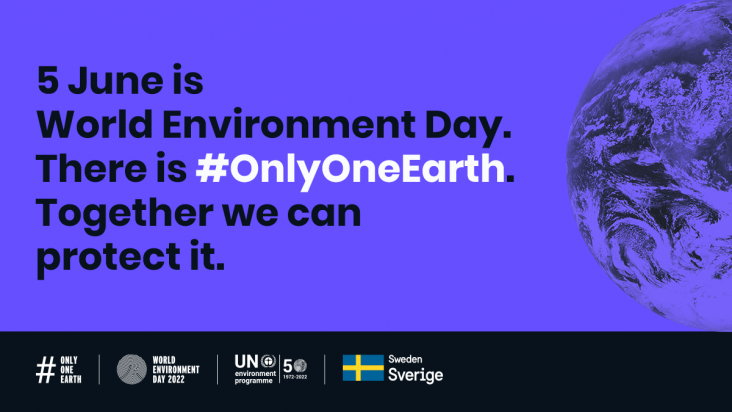This Series paper supports SDG 3 and 11 by assessing policy frameworks for city planning for 25 cities across 19 countries to identify whether these policies support the creation of healthy and sustainable cities.
The authors of this paper found limited impacts of a 3 year nutrition BCC (Behavior Change Communication) intervention through agriculture-focused SHGs (Self-Help Groups) on nutrition outcomes and on intermediate pathway indicators expected to lead to those outcomes. Despite these limited impacts, much can be learned from the studied effort to improve women’s nutrition through SHGs.
The immune disorders triggering the etiological mechanisms of depression are complex, and their biological effects involve multiple systems. Advances in clinical research provided new clues to the immunological mechanisms underlying the onset of depression, and continuous basic research provided a theoretical basis.
Background: Childhood traumatic events are risk factors for psychopathology, but large-scale studies of how childhood traumatic events relate to mental health and cognition in adulthood, and how the b
Background: Over 85% of Kibera's population, an informal settlement in Nairobi, Kenya, is food insecure.
This Commission supports SDG 3 by calling on all countries to both invest more and invest better in primary health care by designing their health financing arrangements in ways that place people at the centre and by addressing inequities first.
This paper supports SDG 3 by analysing the overall efficiency of tuberculosis spending and investigating associated factors in 121 low-income and middle-income countries between 2010 and 2019.
Water resources and climatic conditions are important in maintaining sustainable agricultural production. Clarifying the important role of food linking the water and carbon cycles promotes the development of sustainable agriculture. Different food consumption patterns, especially one involving a high proportion of animal-based foods, indirectly affect water consumption and green house gas (GHG) emissions. A diet with a high proportion of plant-based foods is confirmed to benefit the environment; reducing the current overconsumption of animal-based foods can both benefit human health and alleviate the climate and water crises. Furthermore, the implementation of an environmentally friendly diet requires consideration of nutrients, cost acceptability, and local food production conditions.
Meaningful engagement and tailored information can support effective vaccine promotion. Organisational level change is needed to address structural barriers, inequities, and discrimination.

